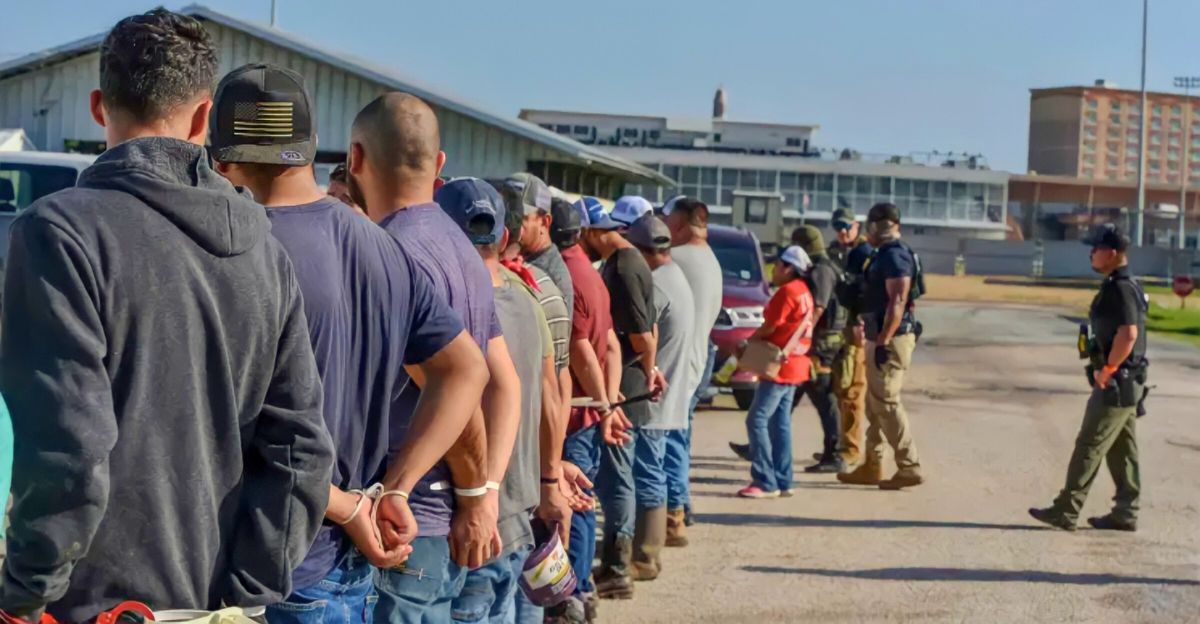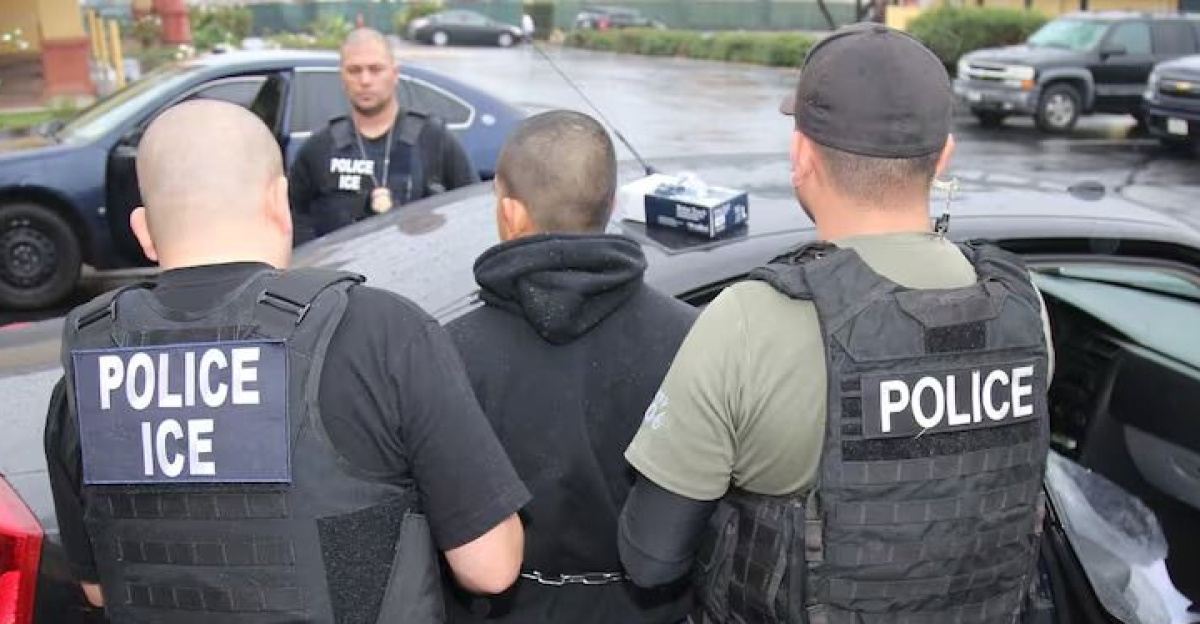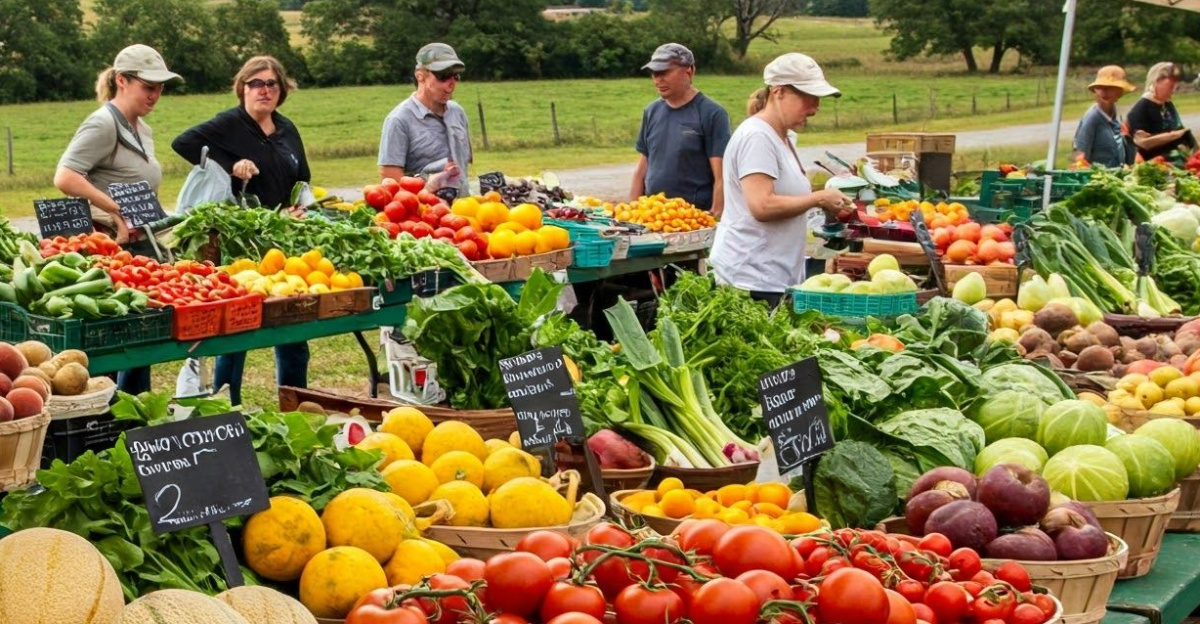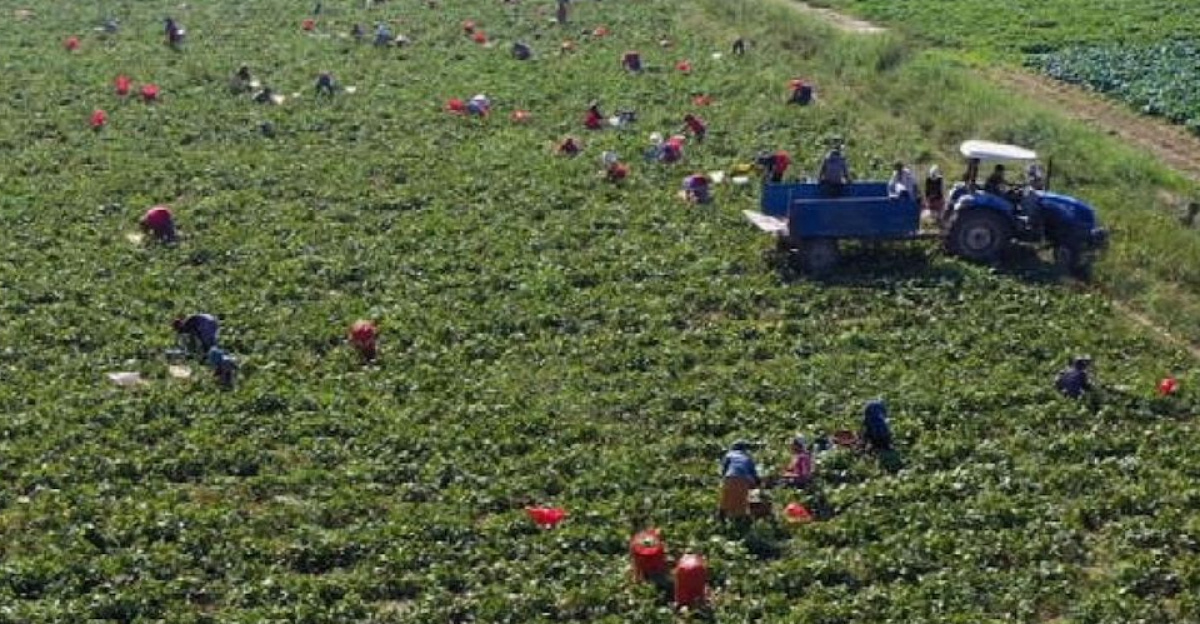
A stealthy enforcement sweep recently rippled through California’s agricultural fields, sending shockwaves few anticipated. What started as targeted raids quietly escalated into a crisis, exposing the precarious foundation of America’s food production. Farms renowned for their verdant fields turned silent, their bustling energy replaced by anxious uncertainty. This disruption signaled deeper frictions beneath the surface of the nation’s food system, spotlighting the heavy dependence on immigrant labor.
The raids abruptly unseated hundreds of workers, creating widespread labor gaps and sparking urgent debates about immigration enforcement and food security. As voices clamored over the balance of legality and livelihood, the farming communities faced a stark awakening: this wasn’t an isolated incident but a symptom of a fragile agricultural framework. The broader implications touch every American’s dinner plate, raising pressing questions about how policy shifts today may unravel the food supplies of tomorrow.
Agriculture’s National Security Crossroads

Far beyond simple farming, agriculture is a bedrock of national economic stability and food security in the United States. The recent ICE raids, which resulted in the arrest of over 360 migrant workers, thrust this sector’s vulnerabilities into harsh relief. These enforcement actions targeted workers primarily in California but sent ripples felt across the nation’s food supply chains. Farms dependent on immigrant labor from California to Nebraska suddenly encountered workforce gaps threatening planting, harvesting, and processing cycles.
Officials justified the raids under national security, detaining individuals tied to criminal activity or suspected of forced labor. However, the cascading effect threatens production volumes, heightening fears over potential food shortages, logistics slowdowns, and price increases. The intersection of immigration enforcement and agriculture has revealed a raw tension: protecting borders and upholding laws may unintentionally jeopardize the stability of an industry critical to feeding millions nationwide.
Harvesting Legacy: The Human Face Behind the Fields

Farming has long been synonymous with hard work, tradition, and the American dream, sustained by families who have toiled over generations. Immigrant workers, often overlooked, have formed the backbone of this tradition, cultivating crops season after season with skill and resilience. Yet, the ICE raids threaten to fracture this legacy, causing sudden disappearances of key labor forces integral to farm operations.
The loss feels like unraveling deeply rooted community ties, where labor and identity meld. Echoes of past agricultural crises reverberate through the current scenario, reminding us that rural life and labor are inseparable threads in America’s social fabric. Families, fields, and futures hang in the balance. The raids don’t merely disrupt economics; they unsettle identity and heritage, raising profound questions about how America values its workforce and cultural roots.
Fear and Flight: Enforcement’s Cascading Labor Crisis

The sharp decline in farmworker attendance was not accidental but a foreseeable consequence of intensified immigration enforcement. Raids executed with aggressive tactics, including tear gas and militarized entries, were designed to detain individuals with questionable legal status or alleged criminal ties. Yet, the fallout extended well beyond the arrested, scattering the broader workforce. Many laborers opted to stay away out of fear for safety, leaving farms severely understaffed during critical harvest periods.
Agricultural businesses, already stretched thin by chronic labor shortages and slim profit margins, now face the alarming prospect of unharvested crops that perish quickly in fields. This labor exodus triggered an economic avalanche jeopardizing revenues, supply chain stability, and ultimately, food affordability at grocery stores nationwide. What was framed as a legal necessity has exposed deep vulnerabilities in the nation’s agricultural framework.
The Heart of the Storm: 360 Migrants Detained

At the core of this unfolding crisis is a massive ICE raid that led to the arrest of over 360 migrants working on two marijuana farms in Ventura County, California. The Department of Homeland Security outlined these operations as critical to rooting out individuals linked to serious crimes and human trafficking rings, with the astonishing rescue of at least 14 immigrant children found among the laborers.
This enforcement action, one of the largest under the current administration, showcases the sharp edge of immigration policy. Yet, the speed and scale of these arrests abruptly removed a significant chunk of the local agricultural workforce, creating a domino effect far beyond law enforcement’s goals. This event crystallizes the conflict between protecting national security and sustaining essential labor needed to maintain America’s agricultural production and food supply chains.
Ventura County’s Labor Exodus and National Ramifications

Ventura County, an agricultural powerhouse producing billions of dollars in fruits and vegetables annually, was at the epicenter of disruption following the raids. Farms reported losing up to 70% of their workforce in a matter of days, a staggering hit that crippled harvesting operations. The consequences are immediate and profound: crops left unpicked spoil in the fields, forcing increased food waste and threatening financial ruin for many farmers.
But the crisis does not stay local. Labor shortages here foreshadow ripple effects across consumer markets nationwide as produce scarcity drives price hikes and supply inconsistencies. The raids deliver immediate trauma and long-term uncertainty for workers, families, and the region’s economy. This microcosm of agricultural collapse vividly illustrates how a single enforcement action can destabilize a region and send shockwaves into the national food supply network.
Broken Lives and Tough Decisions

Behind the stark numbers lies a profoundly human story. The arrested workers include some with criminal histories, but also many caught indiscriminately in a massive immigration sweep. Fear, confusion, and heartbreak reverberate through immigrant communities affected by sudden detentions. Families have been torn apart, and many workers endured precarious situations, some victims of exploitation or forced labor.
Meanwhile, farm owners wrestle with daunting moral and economic challenges, balancing legal compliance against the need to sustain their business and support a vulnerable workforce. The raids underscore an emotive dimension that facts alone can’t capture. They lay bare the toll on people, quietly ensuring America’s food supply and complicating debates that often reduce farm labor issues to statistics, legality, or economics without acknowledging the profound social consequences.
Market Chaos and the Fight for Farm Labor

The loss of over 360 workers triggered fierce pressure in America’s competitive agricultural markets. Farms compete aggressively over reduced labor pools, increasing wages, and straining profitability. Processing plants that rely on migrant labor slow production or face shutdowns, and restaurants experience supply chain bottlenecks.
This shift prompts some producers to accelerate automation investment or explore foreign supply chains with less restrictive labor laws, strategies that could redefine farm labor dynamics in the long term. Consumers may confront higher food prices and limited availability, forcing decisions about what and where to buy. The ICE raids thus unsettle far more than the immediate agricultural workforce, reshaping economic relationships, competitive landscapes, and the food system’s future resilience.
Consumer Choices Under Strain: Food Security in Question

The enforcement raids crystallize a hidden truth: U.S. food security depends intensely on the contributions of immigrant laborers. As harvests struggle under labor shortages, supplies tighten and prices inch upward, prompting consumers to reconsider their purchasing habits. This insecurity risks pushing shoppers toward more expensive or imported alternatives, shifting demand, and altering market behavior.
The crisis highlights the fragility of the nation’s food systems, which are constructed with minimal labor redundancy and are vulnerable to political and enforcement shifts. It also challenges Americans to confront the real human cost behind their grocery bills, a reality rarely visible amid aisles of produce. How the country addresses these labor vulnerabilities will shape supply stability and consumer confidence in the years ahead.
Enforcement, Policy, and Possibility

The ripple effects of these raids leave the future uncertain for farmers, workers, and policymakers alike. Will immigration enforcement ramp up further, or will legislative reforms introduce protections for essential agricultural labor? Potential pathways include new visa programs to fill critical workforce gaps and stronger safeguards for migrant workers. Finding balance among law, humanitarian concerns, and economic needs remains a delicate policy challenge.
The consequences of one massive operation underscore the broader complexity of immigration’s role in sustaining America’s food system. The path forward demands nuanced solutions that respect human dignity while addressing legal frameworks. This evolving story calls on society to grapple honestly with the intricate ties between immigration enforcement and farm labor, which sustains daily life, food security, and economic stability in America.
